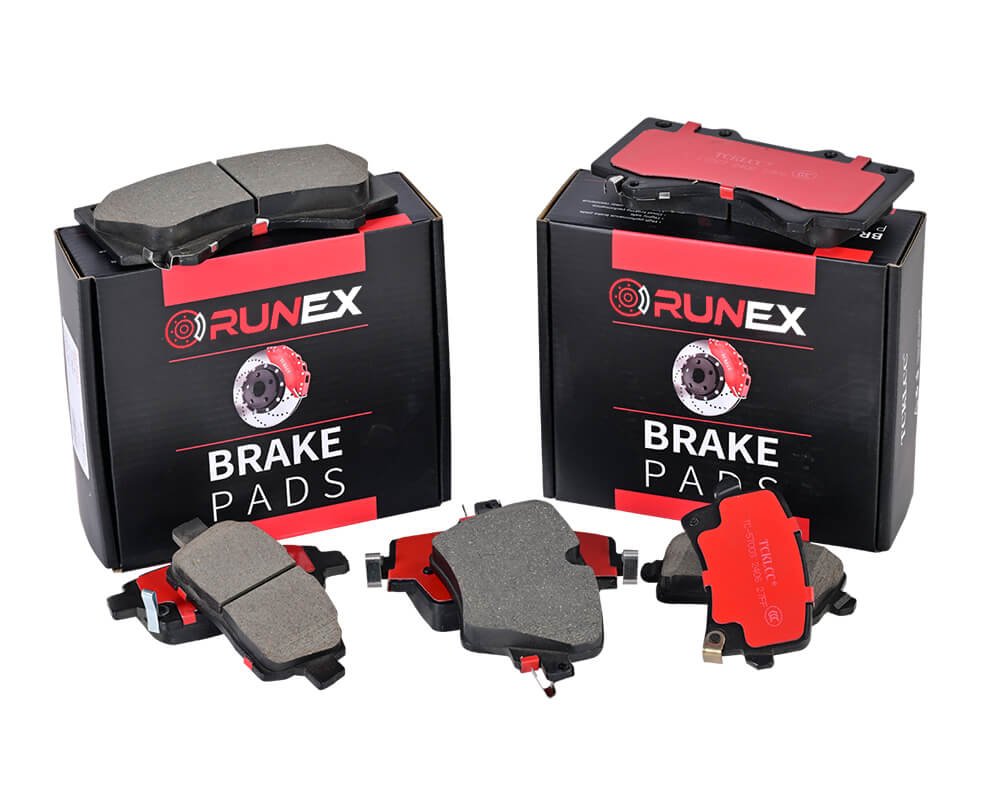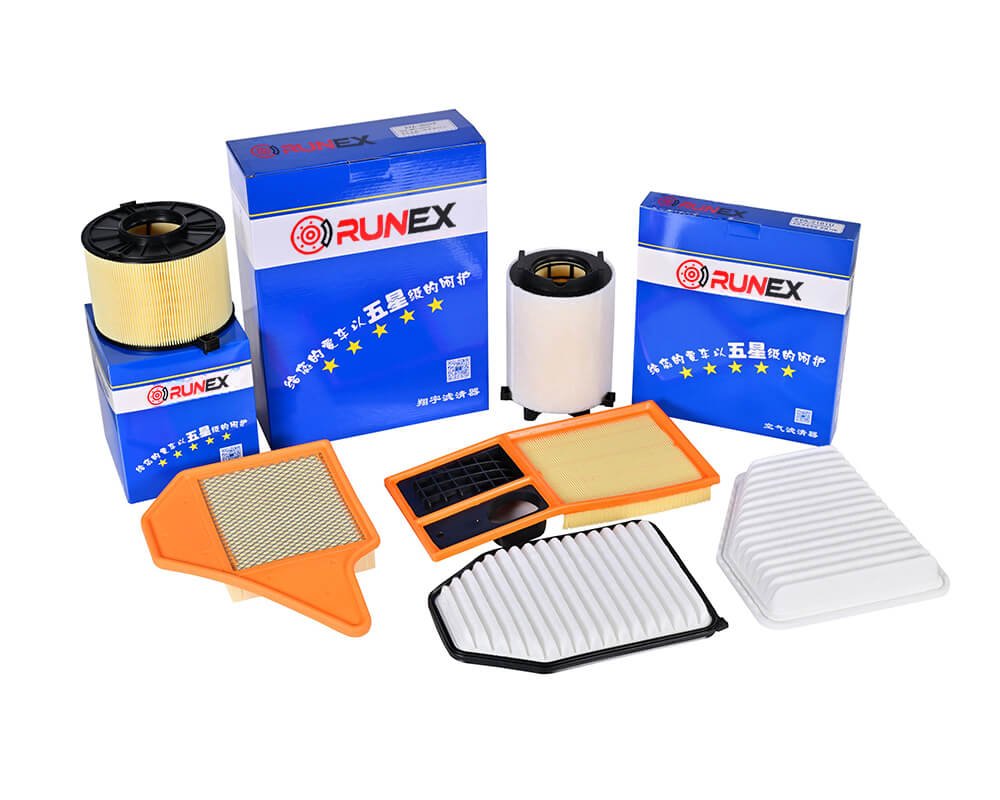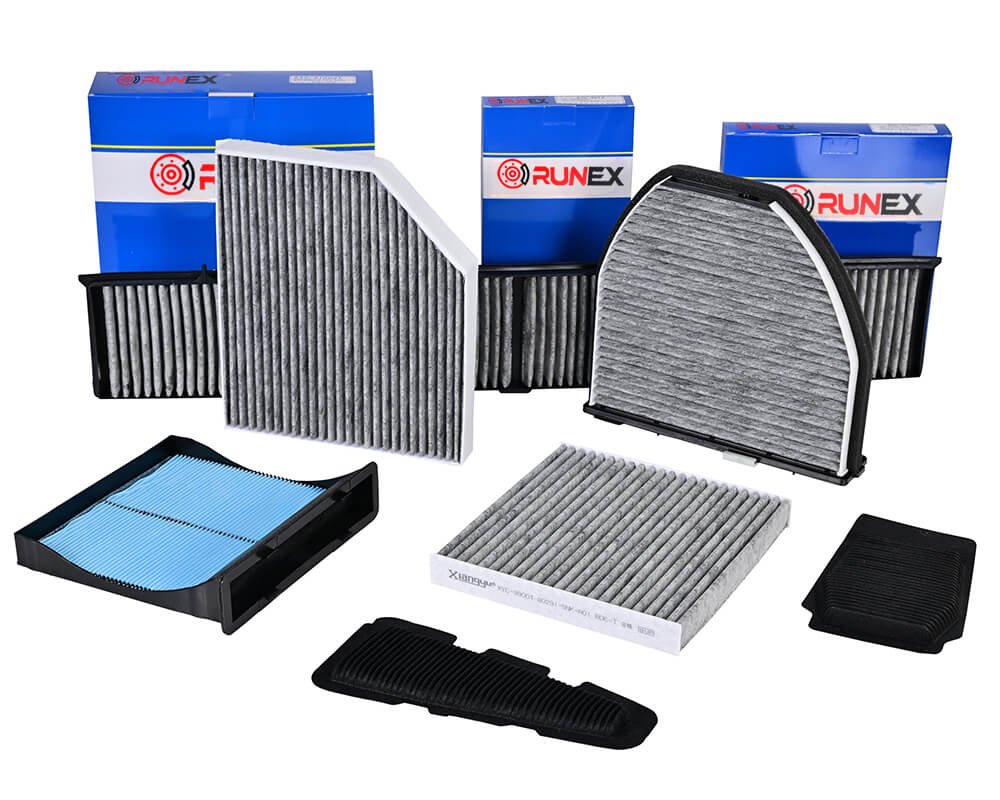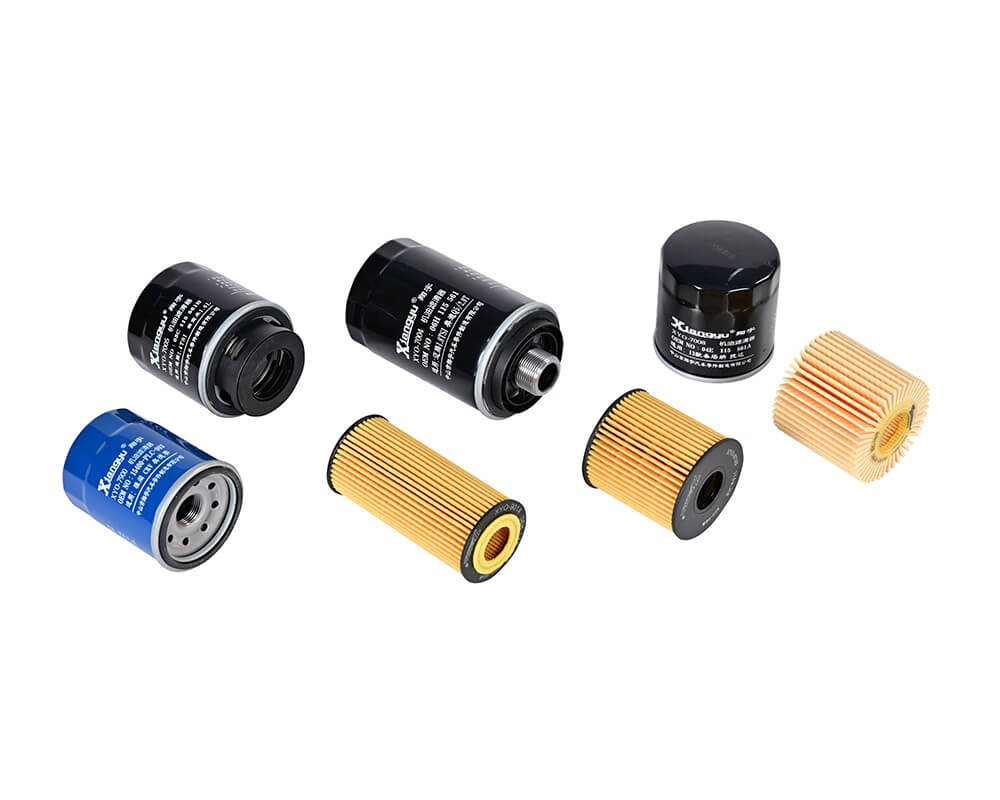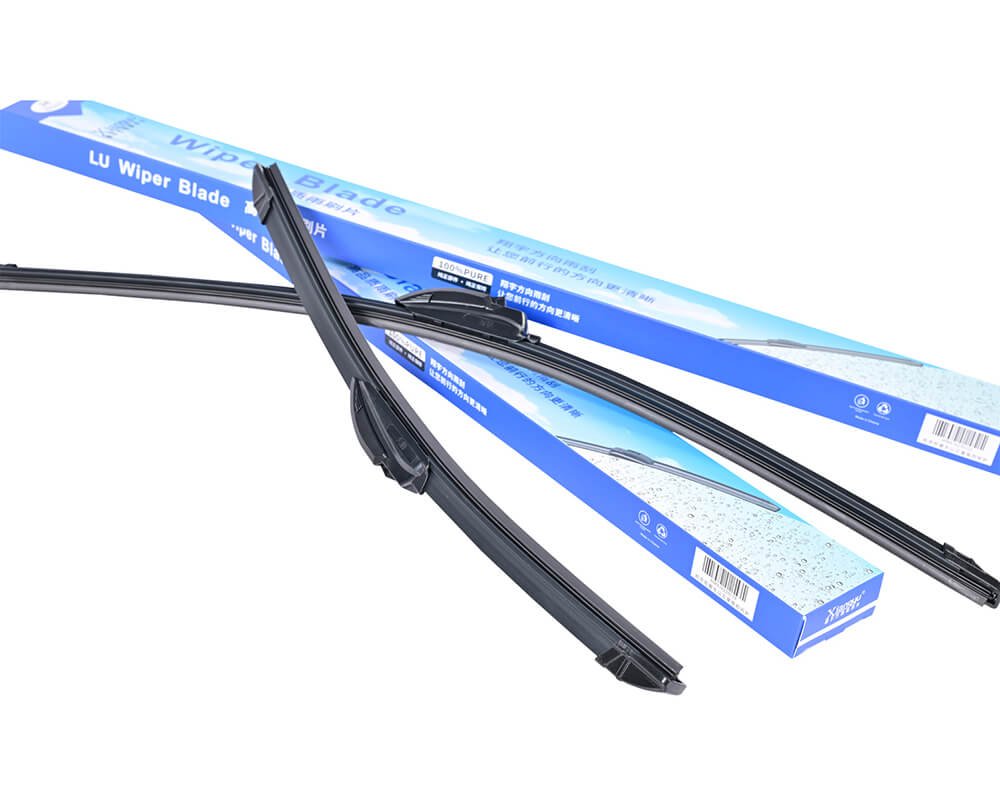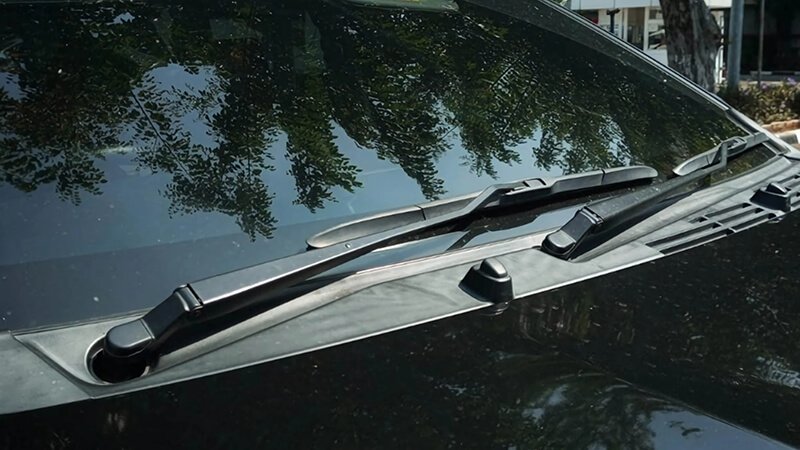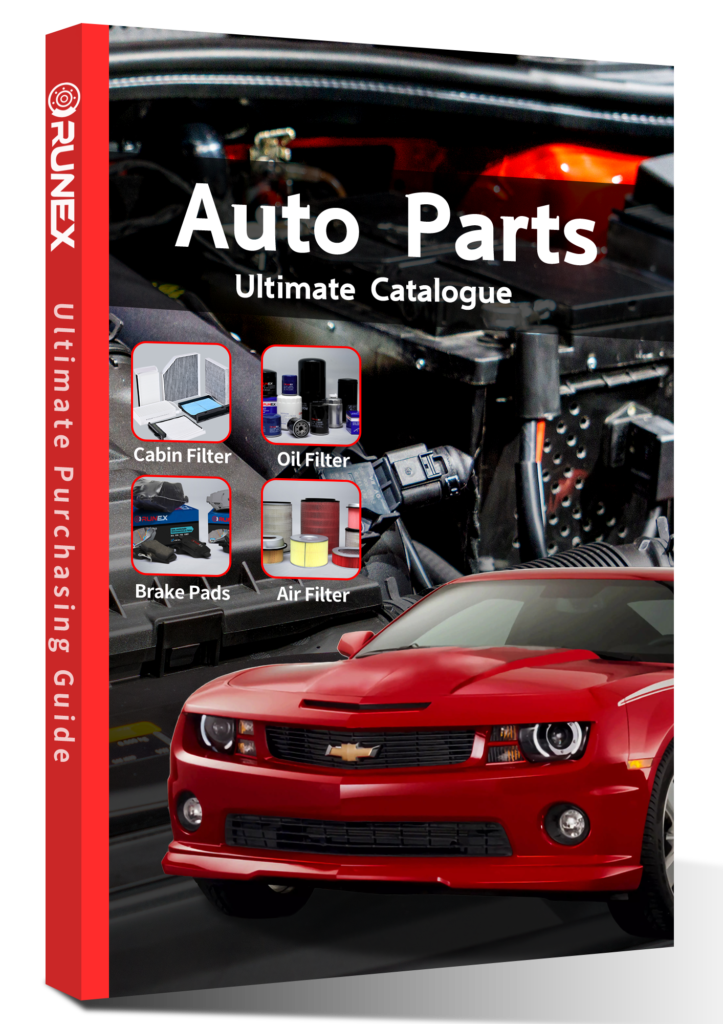Oil changes seem simple—but miss one small step, and you might shorten your engine’s life. Should you pour oil into the oil filter before installing it? Let’s break it down.
Yes, especially for large oil filters or high-mileage engines. Pre-filling the oil filter reduces dry starts, protecting your engine from early wear and tear.
It’s more than a habit—it’s a protective move. While it may not be required for every vehicle, pre-filling the oil filter has real-world benefits when engine longevity matters. Let’s explore how it all works and what you might be missing.
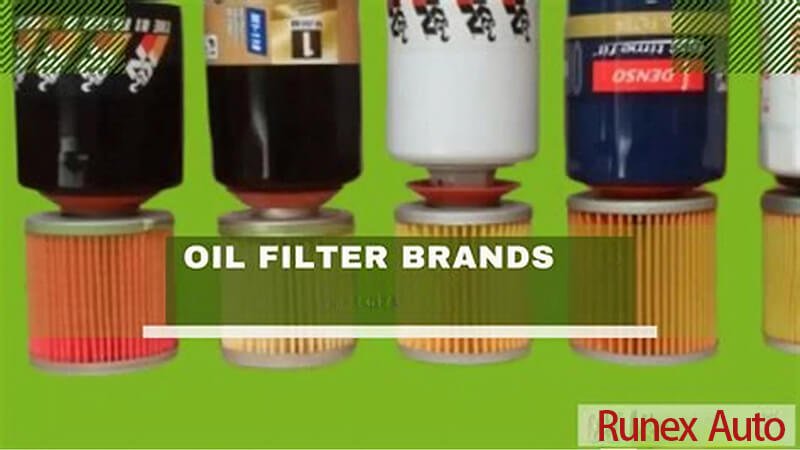
Do I need to empty oil to change the oil filter?
You might assume oil and the oil filter must be changed together. That’s usually true—but not always. Timing and type of oil filter matter.
If you only change the oil filter, some oil will leak out, but you don’t need to fully drain the engine. However, it’s best to change both the oil and filter at the same time to keep everything clean and efficient.
When and Why You Should Drain Oil with the Filter
- Contamination risk: Your old oil filter1 traps grime and metal particles. If you leave dirty oil in the system, a clean filter won’t fix the contamination.
- Flow efficiency: A partially clogged oil filter restricts oil flow. If it’s changed without fresh oil, residual debris might still circulate.
Technical Comparison Table
| Condition | Drain Oil Needed? | Notes |
|---|---|---|
| Routine service | Yes | Best practice is to replace both filter and oil |
| Emergency filter swap | No (partial leak) | Top off oil afterwards and monitor levels |
| Upgrading filter type | Yes | Avoid mixing old oil with new filter design |
At Runex Auto, our oil filters are engineered with high dirt-holding capacity. That means they protect longer, even if you stretch service intervals. But to get the most out of our filter performance, pair it with fresh oil2. That ensures full filtration efficiency and maximum flow.
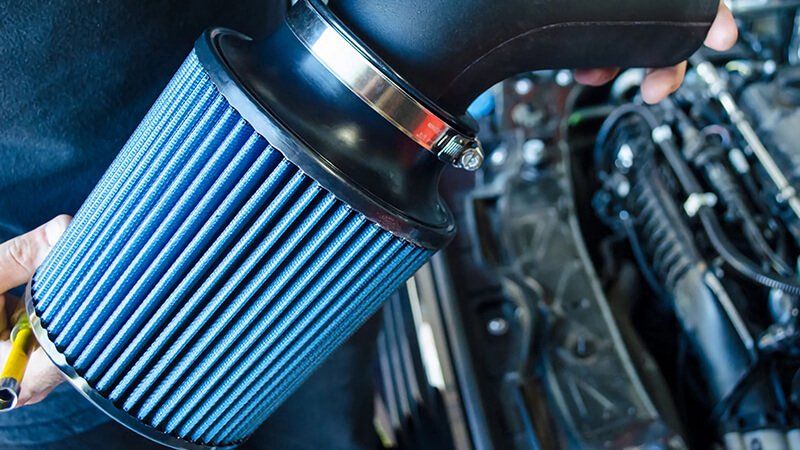
What happens if you change the oil filter but not the oil?
Changing only the filter can feel like a shortcut—but it rarely pays off in the long run. Let’s consider what really happens inside the engine.
Replacing just the oil filter leaves contaminated oil in the engine. This oil may quickly clog your new filter, limiting its benefits and reducing engine protection.
Why This Strategy Falls Short
- Residual wear particles3: Even a brand-new Runex oil filter can’t fully protect your engine if it has to deal with used, degraded oil.
- Accelerated filter load4: Dirty oil fills the new filter faster, reducing its life.
- Misleading oil clarity: Some think a new filter will “clean” the oil. It won’t. Filters trap particles, but oil still degrades chemically.
Real Example from Our Clients
One of my clients in Eastern Europe operated a fleet of compact vans. Their techs tried to stretch oil change intervals by swapping filters mid-cycle. Within a few months, we saw increased sludge buildup and early filter clogging—even with premium Runex filters. Once we aligned the oil and filter schedules, engine response and efficiency improved immediately.
What We Recommend
Runex oil filters are designed for full-cycle service intervals. They work best when installed with fresh oil, maintaining optimal flow, pressure, and debris capture from mile one. If you want extended performance, pair them right.

How do I know if my oil filter is dirty?
Your oil filter doesn’t have a dashboard light—but your engine will tell you when it’s struggling. Learning the signs can save your engine from serious damage.
Common signs of a dirty oil filter include reduced engine performance, lower oil pressure, and unusual engine noises during startup or acceleration.
Key Symptoms to Watch For
1. Drop in Oil Pressure
If your oil pressure light flickers on, especially at idle, the filter may be restricted. A clogged filter5 makes the oil pump work harder, reducing circulation.
2. Sluggish Acceleration
Reduced lubrication means your engine may hesitate. You’ll feel this when climbing hills or merging onto highways.
3. Engine Rattling or Tapping Sounds
Lack of proper oil flow at startup causes metal-on-metal contact. If this happens consistently, inspect your oil filter.
Visual and Manual Inspection Tips
| Inspection Method | What to Look For | Action |
|---|---|---|
| Check oil dipstick | Dirty, gritty oil | Replace oil and filter |
| Listen during cold starts | Ticking or knocking sounds | Possible clogged filter |
| Maintenance record review | Past 8,000-10,000 km since last swap? | Time for new filter |
Runex oil filters6 are built with advanced media to resist clogging longer. Our filters use reinforced cellulose and synthetic blends that maintain flow under pressure. That gives you a longer detection window, but ignoring signs is still risky.

What happens if you add oil without changing the filter?
Topping up your oil might solve short-term issues. But ignoring the filter creates long-term problems you might not see until it’s too late.
If you add oil without changing the filter, you still circulate oil through a potentially clogged system. It may seem fine, but your engine could be suffering from reduced lubrication and accelerated wear.
Short-Term vs. Long-Term Impact
Short-Term:
- Oil level rises
- Warning light disappears
- Engine runs smoothly… at first
Long-Term:
- Old filter can't keep up
- Contaminants remain
- Flow restrictions build
- Wear increases, especially at cold start
Industry Insight
One of my UK fleet clients had a recurring issue: engine warranty claims7 within two years. After reviewing their maintenance logs, we found the problem—techs were adding oil but skipping the filter during peak service months. Once we implemented a new protocol to change both together, claims dropped by over 30%.
What Makes Runex Filters Different?
| Feature | Runex Auto Filter8 | Standard Filter |
|---|---|---|
| Pre-lubricated seals | Yes | Not always |
| High-flow media | Yes | Variable |
| Dry-start protection | Yes (when pre-filled) | No |
Our filters are built to support frequent stop-and-go driving and fleet-level demands. That’s why I always recommend pre-filling them—especially for vehicles that idle a lot or haul loads.
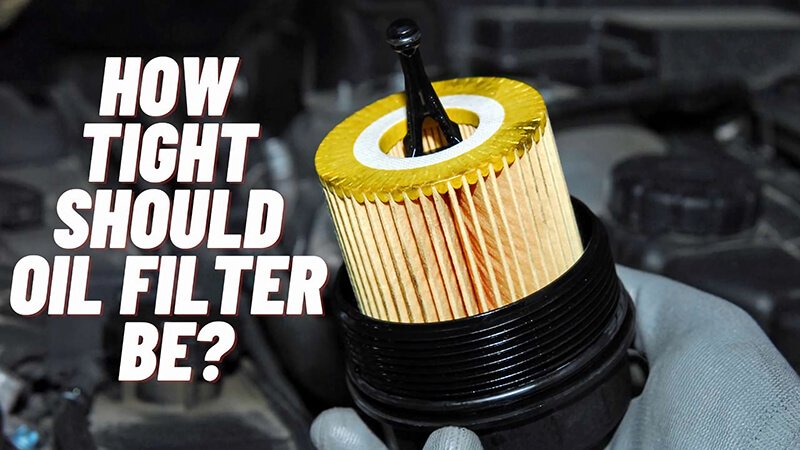
Conclusion
Oil filter9 maintenance isn’t just a checkbox—it’s a strategy. Pre-filling your Runex oil filter helps prevent dry starts. Changing both oil and filter ensures peak performance. And paying attention to early warning signs can save your engine from expensive repairs. When quality parts meet smart habits, your engine thanks you with a longer life.
-
Understanding the significance of regular oil filter changes can enhance your vehicle's performance and longevity. ↩
-
Exploring the benefits of using fresh oil can help you maintain your engine's health and efficiency. ↩
-
Understanding residual wear particles is crucial for maintaining engine health and optimizing oil filter performance. ↩
-
Exploring accelerated filter load can help you grasp its impact on filter lifespan and engine efficiency. ↩
-
Understanding the impact of a clogged filter helps prevent engine damage and ensures optimal vehicle performance. ↩
-
Discover how Runex oil filters enhance engine performance and longevity with advanced clog-resistant technology. ↩
-
Understanding the causes of engine warranty claims can help you avoid costly repairs and improve vehicle maintenance. ↩
-
Exploring the benefits of Runex Auto Filter can enhance your vehicle's performance and longevity, especially for fleet operations. ↩
-
Finding the best auto oil filte from Runex. ↩



